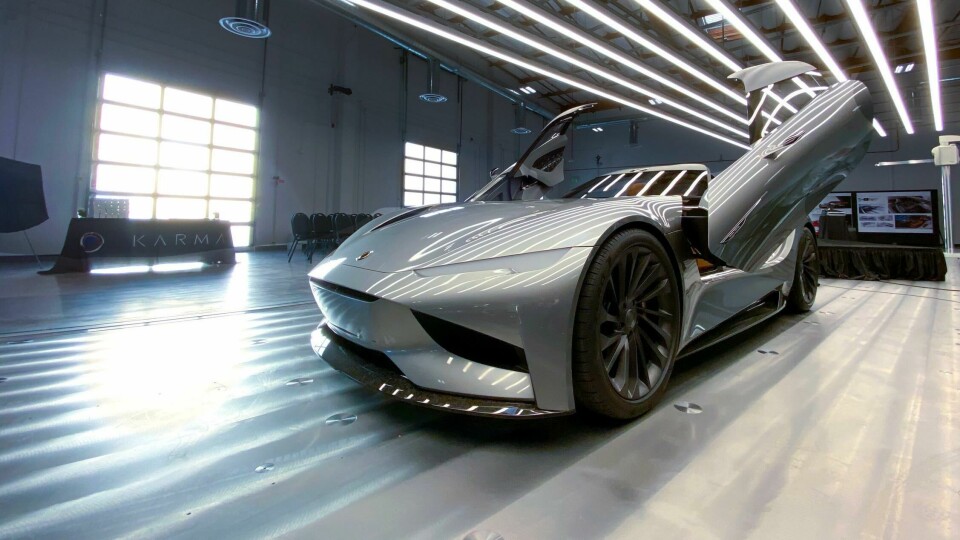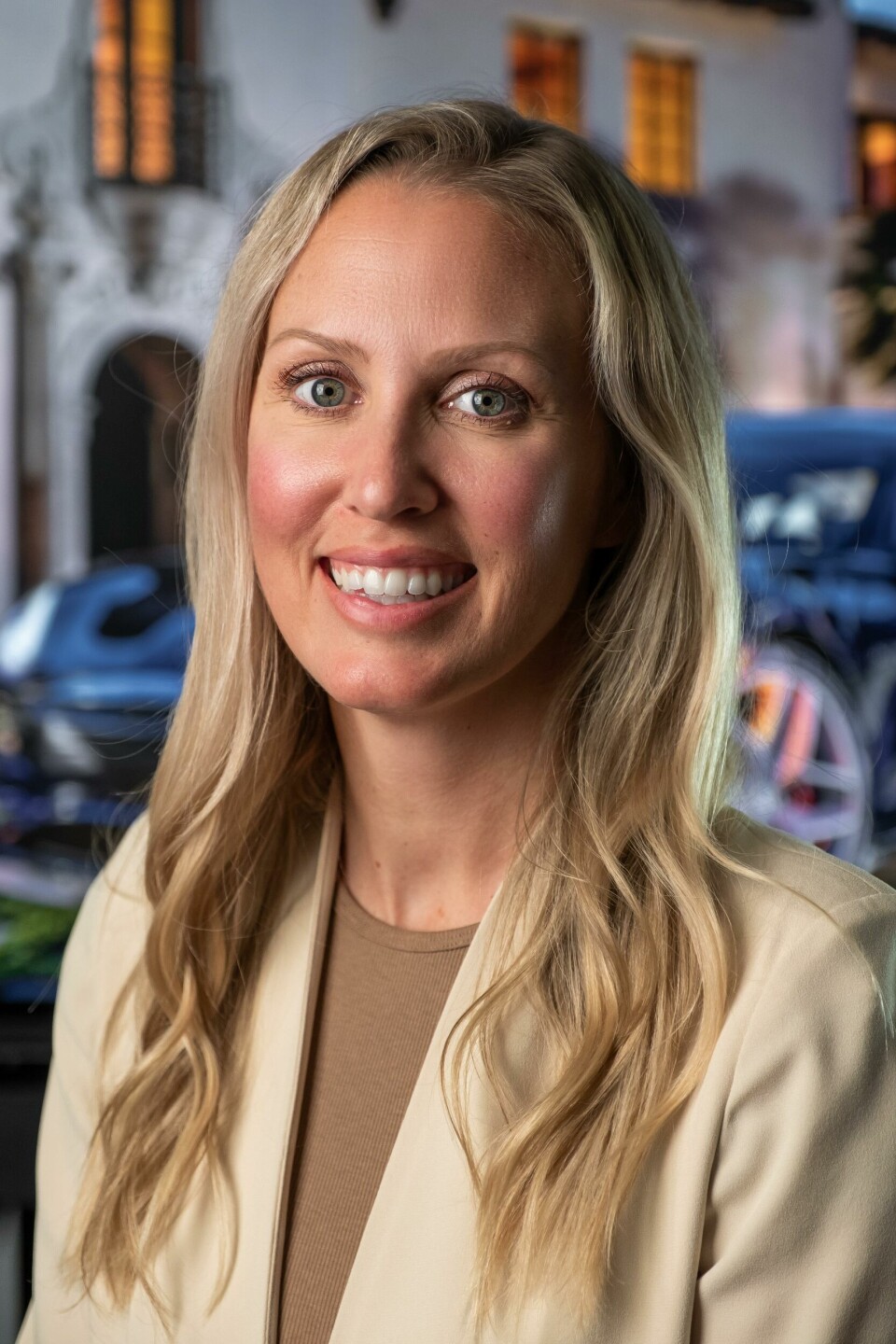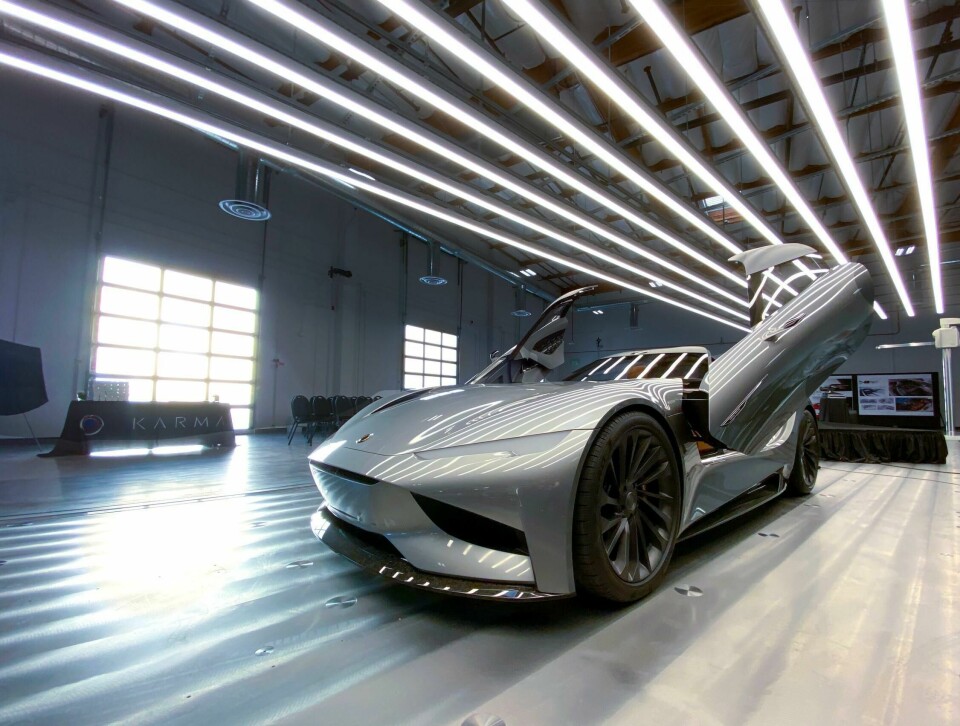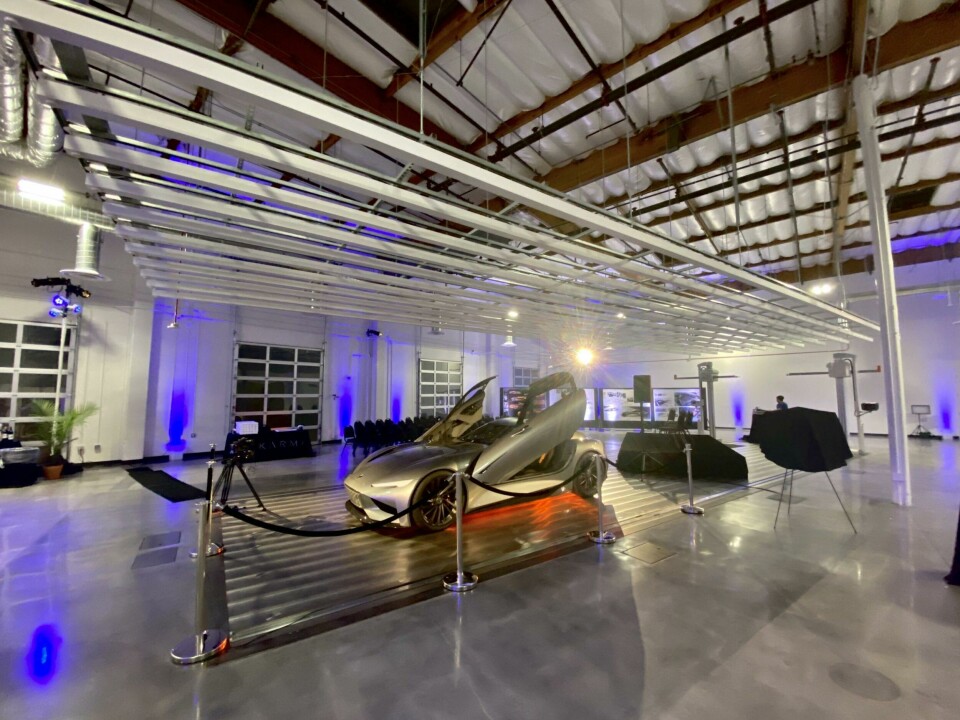
Karma bolsters studio with new design VP
Following an announcement earlier in September, Car Design News caught up with Karma’s incoming VP of global design, Michelle Christensen, to discuss her direction for the brand as it pursues new definitions of luxury
Michelle Christensen has been appointed vice president of global design at Karma Automotive. She joins from Nissan, most recently serving as senior manager of design. Prior to that, Christensen held stints at Faraday Future, Honda’s R&D division in the US, and General Motors.
A graduate of the ArtCenter College of Design, California, Christensen joins the ranks of other experienced names to come out of the esteemed design school, including CDR lifetime achievement winner Wayne Cherry, Hyundai’s SangYup Lee, the recently-retired Frank Saucedo. Christensen joins another recent appointment in Nicholas David, who will head up interior design at Karma and joined in May.

Among other duties, Christensen will lead strategy and operations at Karma’s 12,000-square-foot design centre in Irvine, California. “I’m super excited about where we’re headed,” she tells Car Design News. “We’re evolving toward a more couture and curated approach to car design. Our plan is to elevate the design of our products by creating unique, jaw-dropping statements that inspire, delivering a more pure and visceral experience.”
Christensen will be tasked with steering the design direction as Karma looks to launch new electric luxury vehicles. But previous standards for premium-feel are changing in the face of new sustainability goals, and it is no longer about a standard-issue blend of leather and metal.
“Luxury will always be anchored by timeless attributes like craftsmanship, no-compromise, exclusivity, and beauty,” she says. “The thing driving the most change is technology – amazing new manufacturing techniques that allow for bespoke customisation at lower volumes, and the ability to integrate technology seamlessly into materials.”

Evoking a phrase that will resonate with those familiar with the 1984 mockumentary Spinal Tap, Christensen emphasises that the luxury end of the market will need to react to the premiumisation of other segments.
“As mainstream brands naturally strive to adopt high-end philosophies and features, I see the need to turn the up the volume on attitude and uniqueness… Turn it up to 11!” This thinking sits in line with the view of Carsten Monnerjan, Head of Design at Italdesign, who in a recent CDN livestream suggested designers must push the boundaries of luxury and explore new avenues – ideally those which allow for the use of more sustainable materials.
Fashion has a unique parallel to car design… you’re working with a very complex form and creating something that looks striking both static and in motion
Start-ups often profess how they are more agile than established automakers, able to rapidly trial new technologies and approaches without constraints. Having worked on both sides of the fence, is there indeed a gulf in how these design teams typically operate – or is it all just a PR narrative?
“The big automakers typically have a lot of resources and long-standing infrastructure. They also tend to be more conservative and move slower,” says Christensen. “A start-up environment is not for the faint of heart, but for those with passion to make things that push boundaries and execute new industry-leading ideas, it is charged with energy and creative freedom.”

Holding a Bachelor of Science in Industrial Design from the Art Center College of Design, Christensen is passionate about building “beautiful machines,” in her own words. But like most others in the field, there are many other influences behind her approach to car design that transcend automotive.
“I’m forever in awe of nature’s creativity and cleverness – a never-ending source of inspiration,” Christensen explains. “I also love looking at couture and shoe design, especially how those designers experiment with form and movement. Unlike architecture, fashion has a unique parallel to car design in that you’re working with a very complex form and creating something that looks striking both static and in motion. And, as with car design, proportion is everything!”



